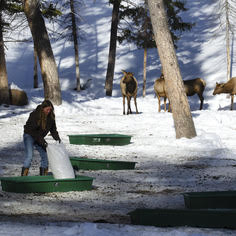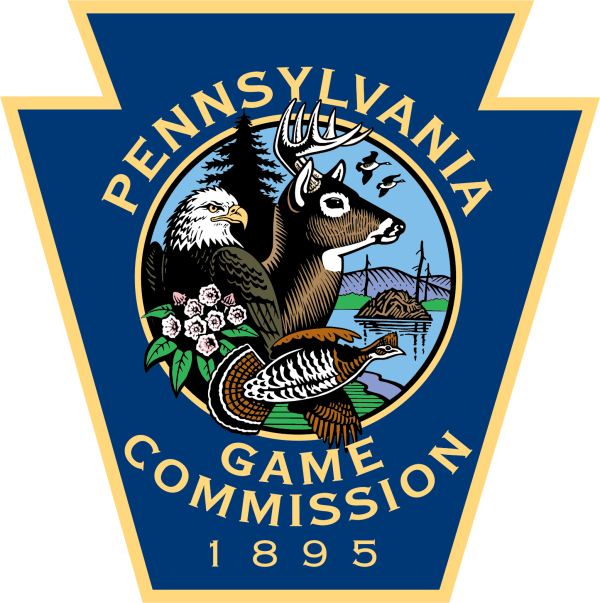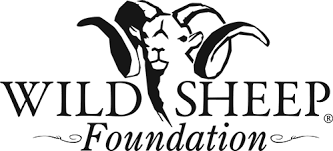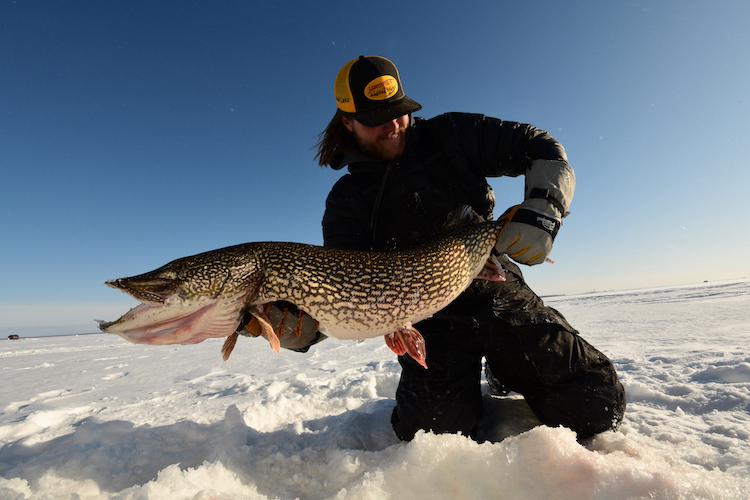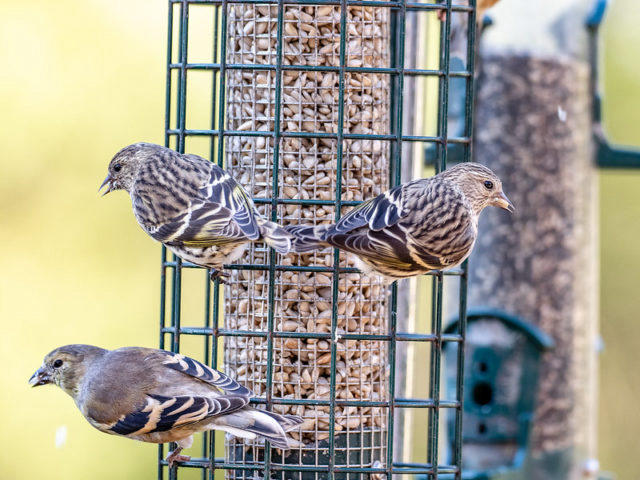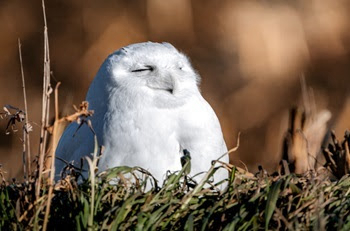Jan. 2, 2025
Contact Kerry Gray (Michigan DNR), 734-691-1806 or Joelle Kruczek (DTE),
The Michigan Department of Natural Resources, DTE Energy Foundation and ReLeaf Michigan today announced the 28 communities and organizations across the state that will receive a portion of $106,680 in grant funding to expand tree coverage.
This initiative is part of the trio’s 28-year collaboration. Through these grants, the organizations aim to have 1,377 trees planted along streets, in parks and in various public spaces in 2025.
“Trees provide essential benefits to our communities, from cooling neighborhoods to improving air quality and supporting biodiversity. This program helps to expand tree canopy while ensuring new trees are properly located to avoid utility conflicts and support long term-growth and sustainability,” said Kerry Gray, DNR Urban and Community Forestry grants specialist.
The statewide program is funded by the DTE Foundation and administered jointly by the DNR and ReLeaf Michigan to provide grant awards and tree-planting project assistance.
“Expanding and safeguarding Michigan’s tree population is a priority for the DTE Foundation, and this work cannot be done without partners like the Michigan Department of Natural Resources and ReLeaf Michigan,” said Rodney Cole, foundation president. “By collaborating with these dedicated organizations, we can ensure that our efforts to enhance and protect Michigan’s natural beauty will have a lasting impact on our communities and the environment for years to come.”
The program seeks to support and engage communities, schools, nonprofits and other organizations in environmental stewardship, neighborhood beautification and the proper planting of trees away from utility infrastructure.
Project proposals are solicited annually from eligible partners around the state. The next opportunity to apply is summer 2025. Read more
